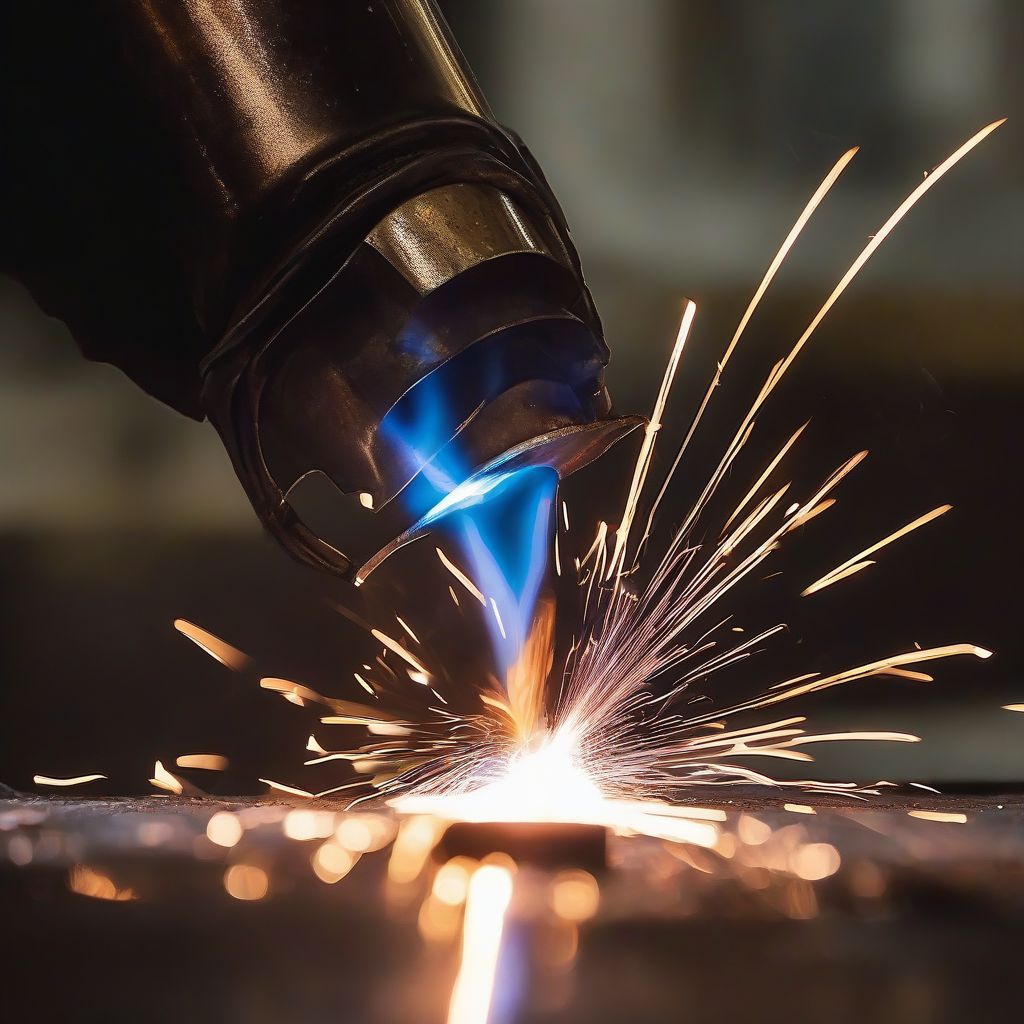Bakers Gas and Welding: Fueling the Fires of Creation
The world runs on energy, from the electricity powering our homes to the flames that forge metal in workshops. While we often think of massive power plants and complex pipelines when it comes to energy, sometimes the most impactful sources come in smaller, more specialized packages. This is where “Bakers Gas And Welding” comes into play, representing a niche but vital intersection of energy and industry.
Understanding the Elements: Bakers Gas And Welding
While seemingly disparate, “bakers gas” and “welding” are linked by their reliance on specific gases for distinct purposes. Let’s break down each element:
Bakers Gas: The Heart of the Hearth
“Bakers gas,” often synonymous with propane, is a versatile fuel source with a long history in baking. Before the advent of modern ovens, bakers relied on propane-fueled ovens to achieve the precise temperatures necessary for leavening bread and creating delicate pastries.
Why propane?
- Clean Burning: Propane produces minimal emissions compared to other fossil fuels, ensuring a cleaner baking environment and reducing the risk of off-flavors in food.
- Controllable Heat: Propane flames offer precise temperature control, crucial for achieving consistent results in baking, where even slight temperature variations can impact the final product.
- Efficiency: Propane burns hotter than natural gas, leading to faster cooking times and increased energy efficiency, making it a cost-effective choice for bakeries.
Welding: Fusing Metal with Fire
Welding, the process of joining metal pieces using high heat, relies heavily on various gases, often referred to as “shielding gases.” These gases serve several vital roles:
- Protecting the Weld: Shielding gases, like argon and carbon dioxide, form a protective barrier around the molten weld pool, preventing atmospheric contamination (oxygen, nitrogen) that can weaken the weld.
- Stabilizing the Arc: In arc welding processes, shielding gases help create a stable electrical arc, ensuring a consistent and controlled weld.
- Influencing Weld Properties: The specific gas or gas mixture used can significantly influence the properties of the weld, such as its strength, ductility, and corrosion resistance.
gas.areview.net/wp-content/uploads/2024/09/welding-torch-in-action-66e001.jpg" alt="Welding torch in action" width="1024" height="1024">Welding torch in action
The Intersection: How Bakers Gas And Welding Overlap
While “bakers gas” and “welding” might seem like distinct domains, they often intersect in several interesting ways:
- Shared Fuel Sources: Propane, the common “bakers gas,” also finds applications in certain welding processes, particularly in oxy-fuel welding and cutting, where it combines with oxygen to create a high-temperature flame.
- Small Business Applications: Many small bakeries and artisanal food producers often utilize welding for equipment repair, maintenance, or even crafting custom baking tools, highlighting the interconnectivity of these skills.
- Skill Transferability: While requiring specialized knowledge, the principles of combustion, flame control, and material science bridge the gap between working with bakers gas and welding gases, allowing for potential skill transfer between these fields.
Frequently Asked Questions: Delving Deeper
The world of “bakers gas and welding” often sparks curiosity. Let’s address some commonly asked questions:
What are the different types of welding gases, and how do I choose the right one?
Welding gases range from pure argon and carbon dioxide to complex mixtures, each suited for specific metals and welding techniques. Choosing the right gas depends on factors like the type of metal being welded, the desired weld properties, and the welding process employed.
Is bakers gas safe for use in food preparation areas?
When used correctly and with proper ventilation, propane (bakers gas) is generally safe for food preparation. However, it’s crucial to follow safety guidelines, including regular equipment checks for leaks, to mitigate any potential risks.
Can I learn to weld at home, and what safety precautions should I take?
Yes, welding is a skill that can be learned with proper instruction and practice. However, it’s essential to prioritize safety by investing in appropriate personal protective equipment (PPE), including a welding helmet, gloves, and fire-resistant clothing. Additionally, ensure adequate ventilation and fire safety measures in your workspace.
What is the future of “bakers gas and welding” in an increasingly automated world?
While automation is transforming many industries, the need for skilled welders and bakers remains high. These professions require artistry, problem-solving, and adaptability – human skills that complement, rather than compete with, technological advancements.
Conclusion: The Enduring Relevance of Craft and Flame
“Bakers gas and welding” might seem like a niche topic, but it represents a microcosm of the larger energy landscape – a world where specialized knowledge, skilled craftsmanship, and the controlled application of energy converge to create, build, and nourish. From the warmth of a propane-fueled oven baking bread to the precise arc of a welding torch fusing metal, these elements remind us of the enduring power and versatility of energy in its many forms.
